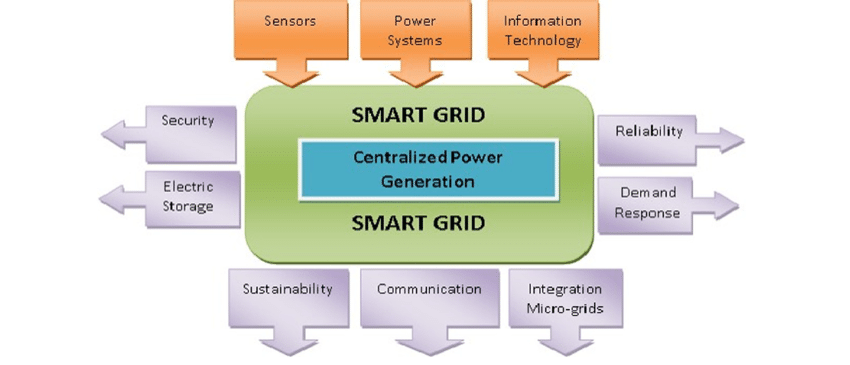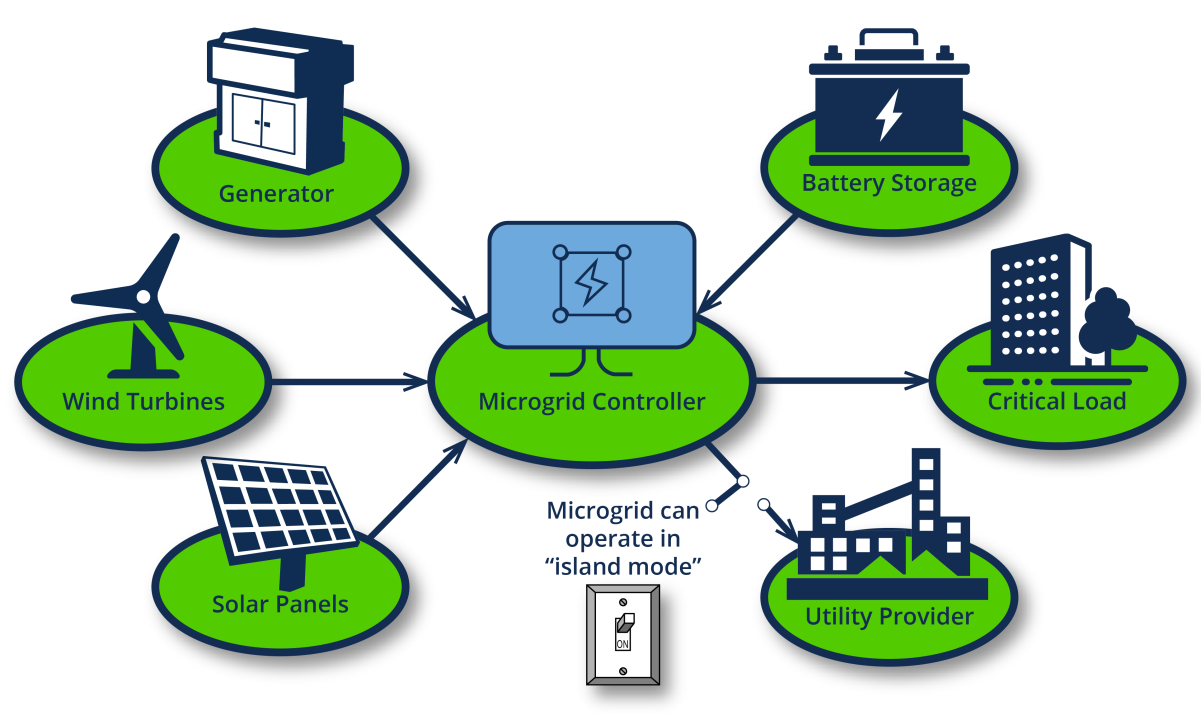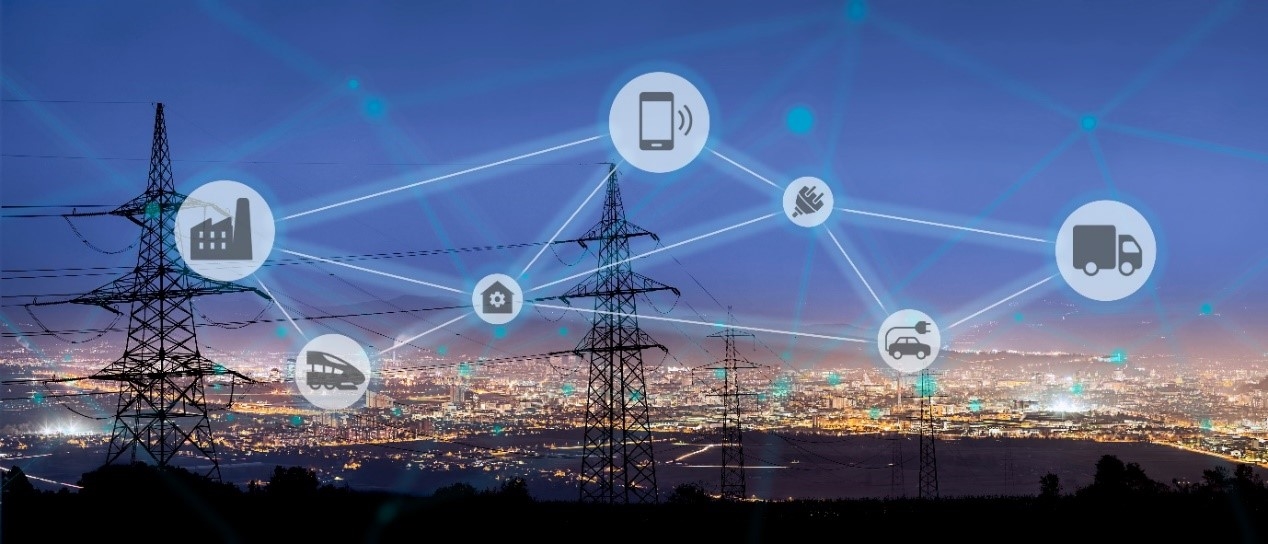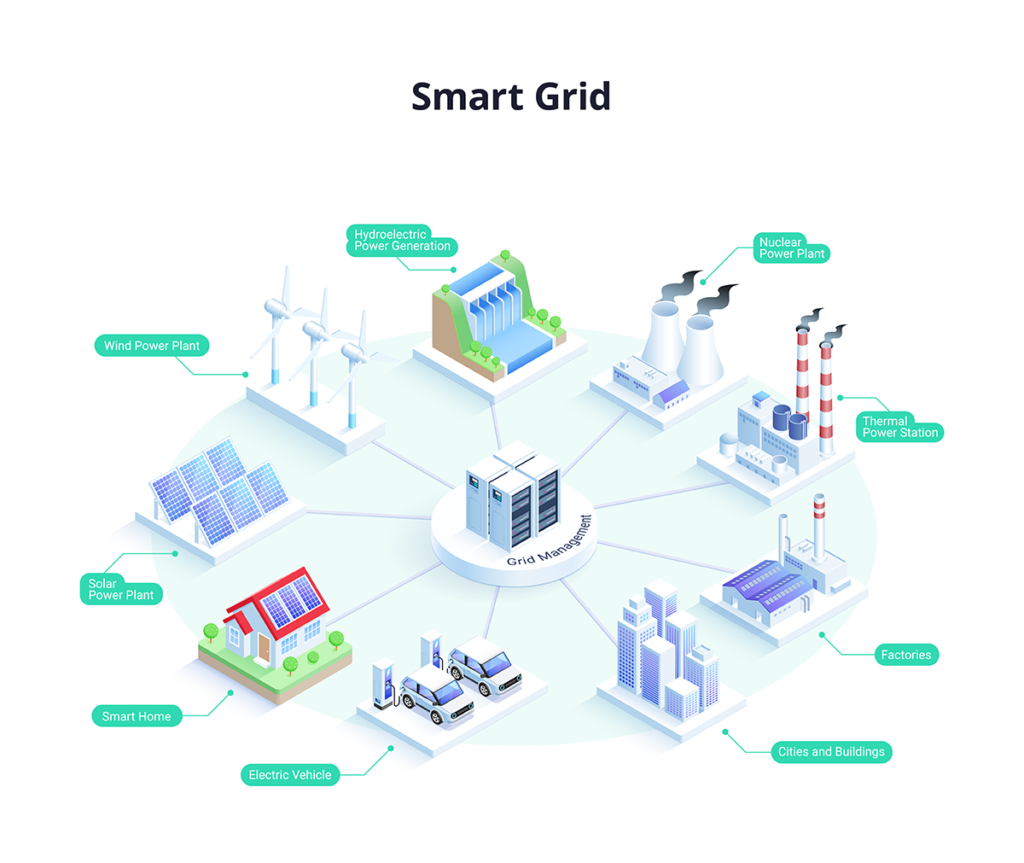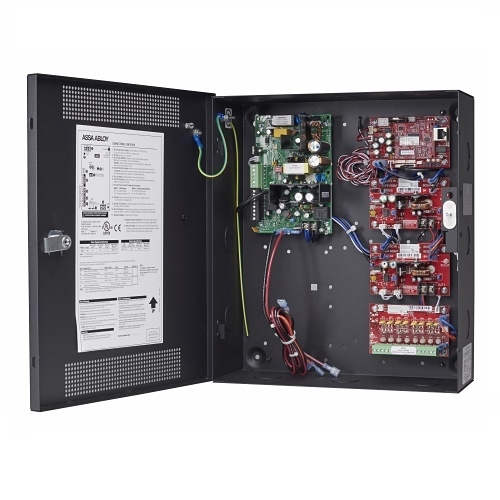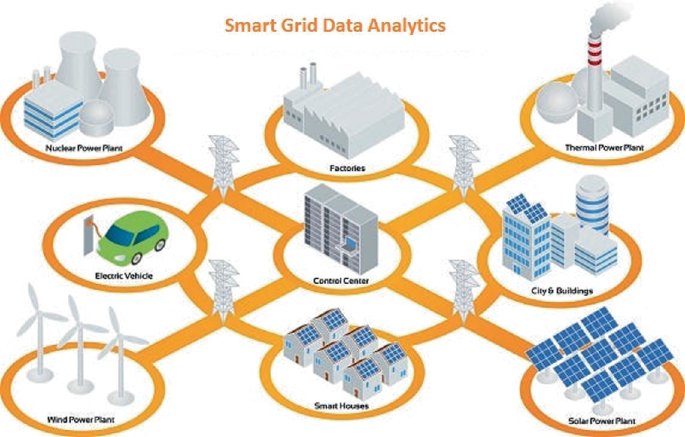Overview
A smart grid applies the latest information, communications, and monitoring technologies, intelligent sensing devices, sensors, mathematics, and computer technologies to comprehensively upgrade traditional power systems. Compared with conventional grids, it offers improved intelligence, efficiency, and flexibility, resulting in higher supply reliability, energy efficiency, and operational safety.
Key Characteristics
The main characteristics of a smart grid include:
- Networked: The smart grid uses communication technologies to achieve interconnected networking and information sharing among grid components and devices, and to connect the customer side with the power supply side. This networking enables intelligence, high efficiency, and strong flexibility in grid operation.
- Adaptability: The smart grid can autonomously adapt to changes between supply and demand, enabling highly efficient adaptive operation and fuller utilization of energy resources.
- Security: The smart grid offers high reliability, real-time monitoring, and dynamic handling of electromagnetic interference and power emergencies, supporting energy security oversight.
- Interoperability: The smart grid integrates different power systems and electronic devices, enabling mutual connectivity. It can also integrate with related systems and environmental optimization efforts to improve energy efficiency and support sustainable development.
Functional Features
The smart grid provides several functional features:
- High reliability: By using modern communication, computation, and control technologies, the smart grid implements online monitoring and stable operation, significantly improving reliability and power quality. It can dynamically allocate loads and increase backup sources, adjusting supply in a timely manner to maintain power quality and continuity during disturbances.
- High energy efficiency: The smart grid supports flexible grid structures and market-oriented operation modes, reducing energy waste and improving utilization. This maintains supply quality and reliability while improving overall energy efficiency and supporting greener development.
- Strong adaptability: The smart grid implements adaptive control and operational management across supply systems, enabling rapid adjustments to changing energy conditions, power supply and demand, user requirements, and operating situations to better match market needs.
- Scalability: Based on advanced networking technologies, the smart grid can expand its scale and capacity. Its technical strengths and efficient market interaction help it scale to support more scientific and comprehensive power allocation and control of energy sources and flows.
Architecture and Components
The smart grid upgrades existing grids using modern information and intelligent technologies to enable intelligent management and control. Its structure includes:
- Intelligent devices: Advanced power equipment such as intelligent transformers, intelligent distribution terminals, and smart switches provide real-time monitoring, remote control, and adaptive regulation to enable self-healing and automated optimization.
- Information and communication networks: Technologies such as IoT and 5G communications form an essential part of the smart grid, enabling comprehensive information sharing and efficient transmission across the grid with high speed, low latency, and strong security. These networks support remote monitoring, operational dispatch, and data management.
- Control centers: Smart grid control centers integrate advanced computation and data analysis capabilities to centrally manage information and intelligent operations. They handle real-time processing, fault diagnosis and remediation, load control, and energy forecasting and optimization.
- Intelligent customer side: Intelligent customers have smart power equipment and management functions, including differentiated services. They connect and interact bidirectionally with the smart grid to enable user-managed energy use and demand-side optimization. Customer-side load control and optimization play a key role in balancing supply and demand and managing energy.
- Market-oriented operations: The smart grid supports flexible market operation models that provide tailored energy services to different users and transparent data transmission and analysis. This enables more market-driven power trading and supports energy system reforms in the connected era.
Main Advantages
The main advantages of a smart grid include:
- Energy savings: By applying modern communications, computation, and control, the smart grid enables real-time monitoring, management, and dispatch of energy, reducing waste and improving utilization.
- Improved supply reliability: Remote monitoring and intelligent control enable rapid fault handling, improving reliability, quality, and stability of power supply.
- Deeper market operations: Large-scale data analysis enables accurate user profiling and demand forecasting, supporting market-based pricing, improved supply-demand allocation, and optimized resource configuration to enhance market fairness and competition.
- Support for renewable integration: The smart grid facilitates greater integration and use of clean and renewable energy from supply and access perspectives, supporting large-scale renewable energy absorption.
- Better user experience: The smart grid can deliver precise feedback and personalized services to users while maintaining supply quality and safety, enabling finer energy management and cost savings for end users.
Conclusion
In summary, the smart grid enhances energy efficiency, ensures power quality, deepens market-oriented operations, supports renewable integration, and improves user experience. Its development involves multiple fields, including energy, information, and communication technologies, and it offers significant application value for achieving cleaner, safer, and more reliable energy supply.
 ALLPCB
ALLPCB


